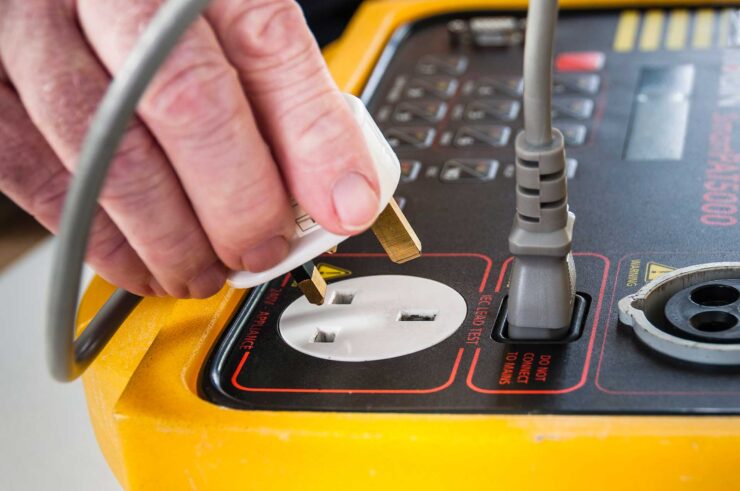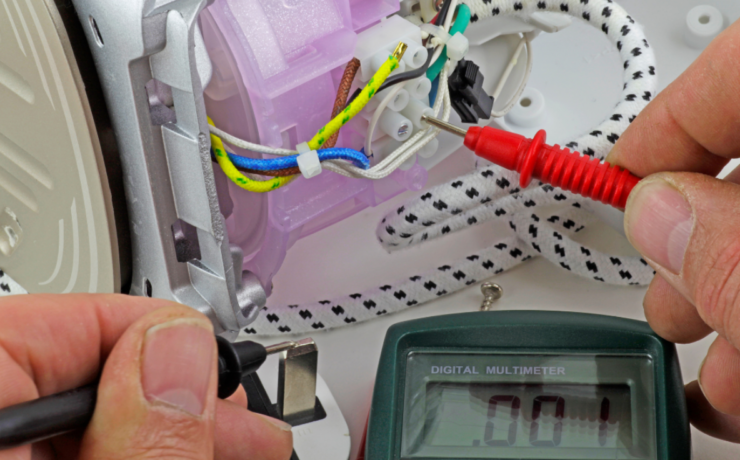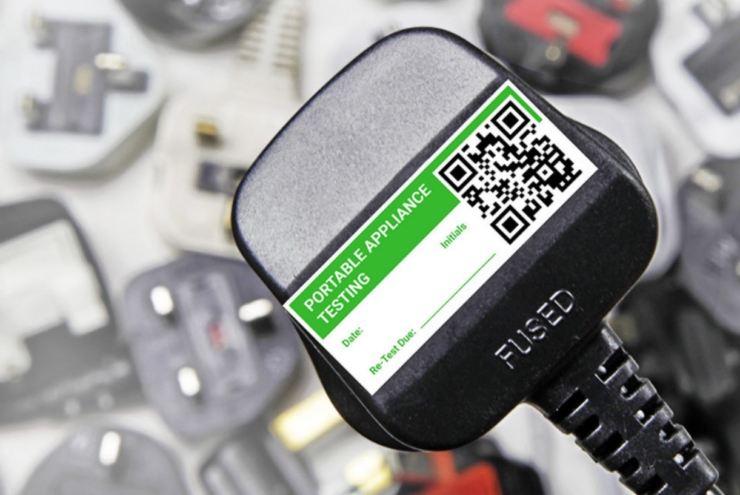PAT testing is a standard test for checking the safety of electrical appliances. It checks whether the electrical appliances used in the household or workplace are safe to use. This long technical process involves various tests to ensure the safety of electrical appliances while used. If you want to gain more information about PAT testing, you can find it on this site.
Every sector requires PAT testing, and it is crucial to carry out the procedures and tests properly. Individuals frequently need instructions on when and how to do PAT testing. This article will talk about how often you should PAT test your electrical appliances so that you can know the safety regulations and follow them properly.
PAT Testing: What Is It?

Electrical equipment is examined during the portable appliance testing (PAT) procedure to ensure it is secure for usage. A qualified individual performs PAT testing, visually inspecting the apparatus and running several tests to ensure its safety. A visual inspection, an earth continuity test, an insulation resistance test, and a functional test are among the tests performed during PAT testing.
The technician offers a certification saying that testing has been performed on the appliance and it is safe to use both at work and at home once all of these tests have been completed satisfactorily. When PAT testing should be performed is a concern, but one should also know how often it should be performed. Let’s learn why PAT testing of electrical appliances is so important.
What Makes PAT Testing Crucial?
PAT testing is significant because it contributes to ensuring the safety of electrical equipment. If electrical equipment is not maintained properly, it can be dangerous, and defective equipment can result in harm or even death. PAT testing enables the detection of any flaws or deficiencies in electrical equipment, allowing for their replacement or repair before they pose a risk to user safety.
In addition, the Health and Safety at Work Act of 1947, the Electricity at Work Regulations of 1989, and the Supply and Use of Work Equipment Regulations of 1998 all stipulate that PAT testing is a necessary legal requirement. Extreme fines, legal repercussions, or even jail could result from breaking these rules.
Now that we know what PAT testing entails let’s examine who needs PAT testing in our thorough guide.
Who Needs A PAT Test?
Who needs to undergo PAT testing needs to be made more transparent. Everyone using electrical equipment at work or home is the correct answer. Every business or person using portable electrical appliances could be affected.
This can include workplaces, schools, retail locations, inns, and other public structures. Even landowners and homeowners should have their PAT testing done regularly.
How Often Should You PAT Test Your Equipment?

The question arises now: How often should PAT test its equipment? The answer is based on the type of appliance and the frequency of use of the appliance. Let us learn about the various factors that govern PAT testing frequency for an appliance.
If The Appliance Is A Low-Risk Equipment
If the appliance is low-risk equipment, they need to be tested less frequently as they are below risk and cause minor accidents. These appliances have to be tested after a long span of time. You can test these equipment every 2-4 years.
Low-risk equipment includes desk lamps, computers, printers, etc. These are mainly the equipment that are not much required to check as even if they have some electrical fault, they will cause low-risk equipment.
If The Appliance Is Medium-Risk Equipment
If an appliance is a medium-risk one, it needs to be tested more frequently than the low-risk one as it has a moderate risk of harm or injury. These appliances have to be tested less frequently. You can test these equipment every 1-2 years.
The medium-risk appliance includes vacuum cleaners, power chargers, etc., which have a moderate risk of causing injuries or damage.
If The Appliance Is A High-Risk Equipment

If an appliance is a high-risk one, it needs to be tested more frequently than the medium-risk one as it has a high risk of harm or injury. These appliances have to be tested very frequently. You can test this equipment every 3-6 months.
High-risk appliances include generators, power vehicles, etc., which have a high risk of causing injuries or damage. These have the highest risk of causing damage and can cause heavy accidents, so they need to be PAT tested properly and frequently.
Appliances That Are Used In Harsh Environments
The appliances mostly used in harsh environments should be PAT tested more often than the other appliances as they have a high probability of wear and tear. Harsh environments such as construction sites or wet places have equipment that can have electrical faults, and they can cause big accidents if not tested or taken care of.
These appliances should be PAT tested every 3-6 months so that they can be checked for safety and any big or major accident in a workplace can be saved.
Appliances That Have Been Recently Modified Or Repaired
Appliances that have been modified or repaired recently need to be PAT tested to keep the quality and safety check intact. It is important to check these appliances before you can use them. Often repairing the equipment may cause new electrical defects that need to be checked.

Conclusion
It is necessary to comprehend the necessity of PAT testing of electrical appliances and how often it should be done to ensure they are safe to use. It is a mandatory process by the law and has to be done correctly and frequently according to the type of appliances. Not following the process may cause serious repercussions such as legal issues, penalties, or even jail.
PAT testing is a required process for every appliance, and we hope this article helped you understand how often you should PAT test electrical appliances according to their type. Check for all the appliances today to see if you have PAT tested them according to their risk category and keep your surroundings safe and secure.
